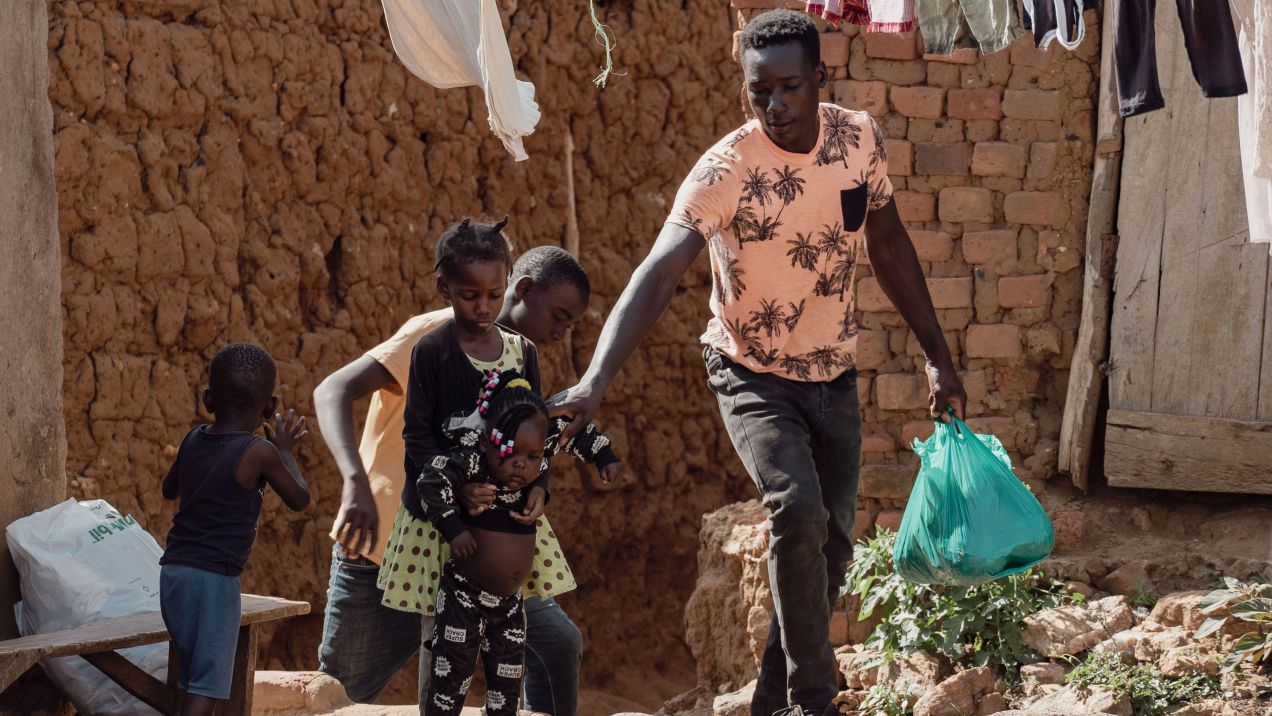
|
|
The January 2012 edition of CIVIS focuses on youth in cities. Photo: Kim Eun Yeul / World Bank |
The latest edition of the Cities Alliance CIVIS Notes series focuses on this very issue: Youth: the face of urbanisation. The paper, authored by former Cities Alliance team-member Hilde Refstie (now working with the Norwegian Refugee Council) and Federico Silva of Cities Alliance, underlines the Cities Alliance’s commitment to supporting the role of the youth in cities across the world.
A peculiar feature of the MENA region’s demographics is the disproportionate ratio of young people to other age groups and an urbanisation rate, touching 70 per cent. It is estimated that there are approximately 90 million people aged between 15- and 24-years-old in MENA cities. A significant proportion of them are poorly educated and trapped in structural unemployment. Those who are educated and globally connected are excluded from local social and economic assets that urban societies can offer.
Increasingly, youth in the Middle East are demanding access to economic opportunities, democratic participation and political accountability. Like other young populations across the world, youth in the Middle East are moving to cities for opportunities, which poses several challenges to policymakers and city managers. For instance, The World Bank estimates that an estimated 50 million additional jobs need to be created over the next decade, mostly in the region’s cities, to absorb the anticipated population growth rate.
Since youth constitute the major demographic in the urbanisation process across the world, it is imperative that their needs and concerns are given full priority in the development agenda. Silva explains, “The problem is not whether youth will be able to raise their voices but rather if cities will be able to respond appropriately to these challenges, provide opportunities and harness their potential for development.”
The Cities Alliance is committed to supporting the full participation and representation of the youth in the development process. The Alliance believes that if youth are to be harnessed to their highest potential they must feel safe, be given an opportunity to lead healthy lives and engaged in a positive way in development policy making and implementation.
This edition of CIVIS will be particularly useful to those interested in learning more about the theme of the Cities Alliance’s Catalytic Fund, Youth and the City: Challenges of and Visions for Demographic Change. The Cities Alliance has recently announced a global call for proposals for the Fund. The deadline for submission of concept notes outlining the proposed project in the first round is Monday, 30th April 2012. Concept Notes can be submitted in English, French, Portuguese or Spanish. Templates and instructions are available online.




